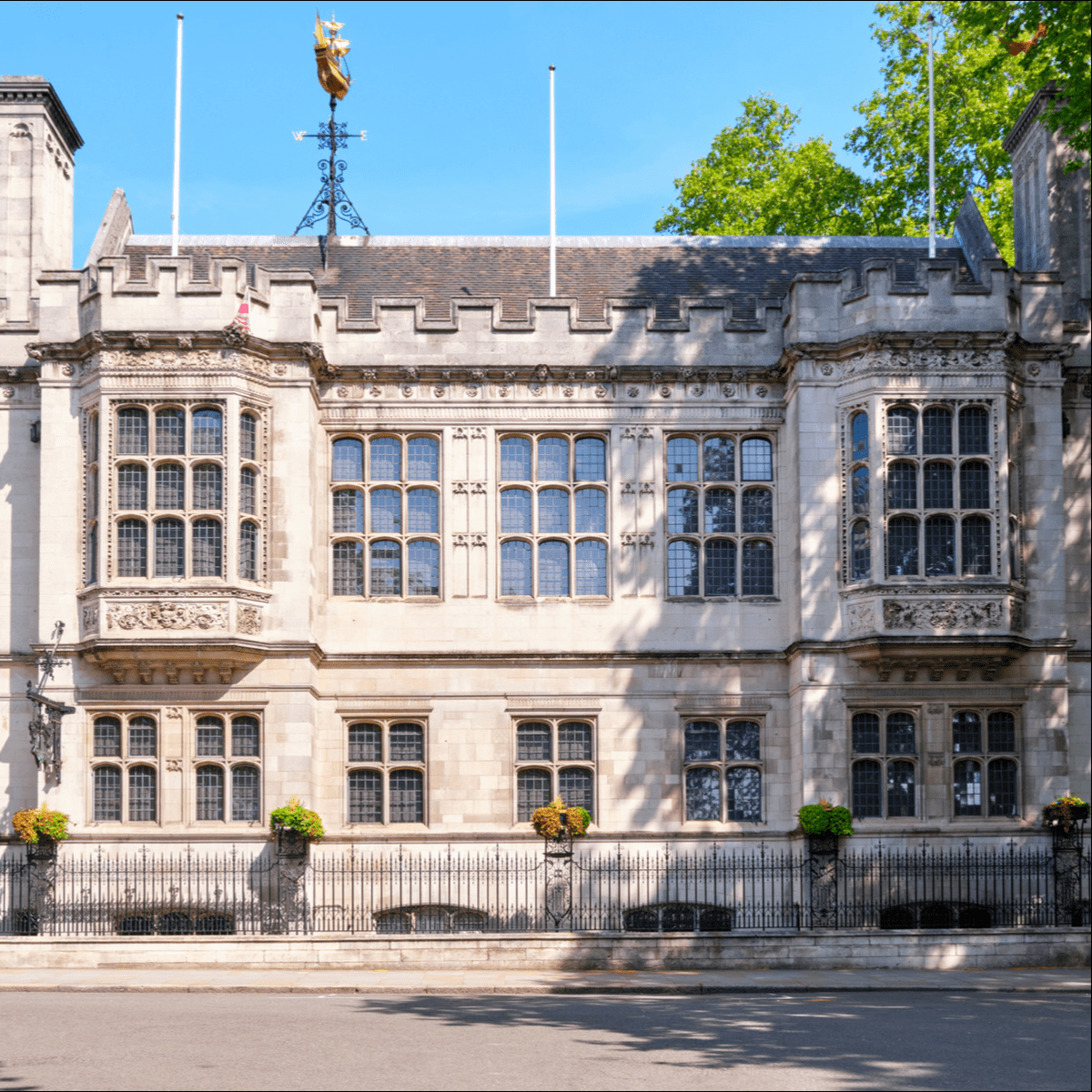This is a year of centenaries and celebrations. Any of you lucky enough to be in London before 22nd April should head straight for Two Temple Place, that extraordinary Gothic mansion beside the Thames, just along from the Savoy Hotel. Number Two was Waldorf Astor’s London office, purpose-built by John Loughborough Pearson, the architect of Truro Cathedral, in a style that can only be described as Fifth Avenue French Gothic. It is a treasure house in its own right, but it is also currently the venue of a splendid and wide ranging bi-centennial exhibition devoted to John Ruskin, who was born on 8th February 1819. Ruskin’s passions and obsessions are well covered both in his own work, the works he commissioned and also in the multi-varied items from his collections ranging from Turner watercolours to cases of minerals – mineralogy was a life-long passion – as well as drawings, photographs and plaster casts of decorative carvings from the great medieval cathedrals of Northern France..
It has been said of this visionary educator that whenever he wanted to learn about a subject he wrote a book, and his collected works in the standard Wedderburn edition fill thirty-eight weighty volumes. I have one by me now as I write which contains his Bible of Amiens: it is 2 1/4 inches thick and weighs 3 3/4 pounds, and is copiously illustrated with the photographs he commissioned to accompany his hundred and eighty page text, covering not only all the prophets and saints whose images bedizen the triple arches of the great West door, but also the elaborate choir-stalls. The Cathedral at Amiens will be one of the architectural highlights of our June tour, when we are lucky enough to have the Cathedral archivist as our guide.
Although we will be following in William Morris’s footsteps, Ruskin had already visited both Chartres and Rouen a couple of decades earlier, as had others of the great Gothic Revivalists, inspirers of the Arts and Crafts Movement, including Augustus Welby Pugin, who regarded the city as a ‘touchstone’, and William Burges.
2019 is also an anniversary year in the Morris calendar for two reasons: 1869 marks the hundred and fiftieth anniversary of the completion of The Earthly Paradise, his best known literary work, and was also the year he took up the serious study of the Icelandic Sagas. A study that is reflected in the final sections of The Earthly Paradise which was part inspired by the “Volunda Saga”. Morris’s friend Magnus Magnússon not only taught him the ancient Norse language, but fed his appetite for the Icelandic legends, poetry and literature, but Normandy, too, was a Norse country, its people, including Duke William (William the Conqueror – King William I of England) were descendants of its original Viking settlers. It is this Norse heritage that has recently prompted the Museum at Rouen to purchase Walter Crane’s mural, The Skeleton in Armor. This vast mural in seven sections, inspired by Longfellow’s poem of the same name, was commissioned by Catharine Lorillard Wolfe in 1883 for her Summer residence, ‘Vinland Mansion’, at Newport, Rhode Island. Our group will be given privileged access to the conservators and conservation studios to see work in progress on its restoration. Duke William’s brother had his main castle, now a ruin, at Arques, just outside Dieppe, but more importantly for us as we progress it was along the coast here at Varengeville-sur-Mer that Edwin Lutyens built one of his earliest country houses, Le Bois des Moutiers for the Mallet family, who we will visit and dine with, and enjoy the world-renowned gardens, as well as visiting another little known Lutyens masterpiece.
Lutyens, along with fellow architects, Herbert Baker, Charles Holden and Walter Allward will dominate our last two days making us accutely aware of the imminence of yet another centenary. We will be visiting the monuments and war memorials at Thiepval, Delville Wood, Neuve Chapel and Vimy Ridge, just a week before the centenary of the signing of the Treaty of Versailles on 28th June 1919, that signalled the official ending of the First World War. Lest we forget.


